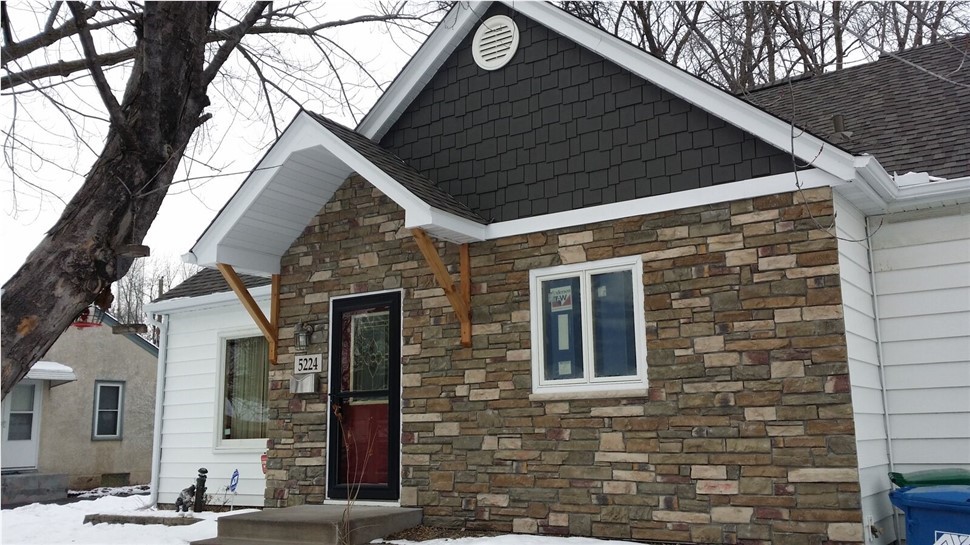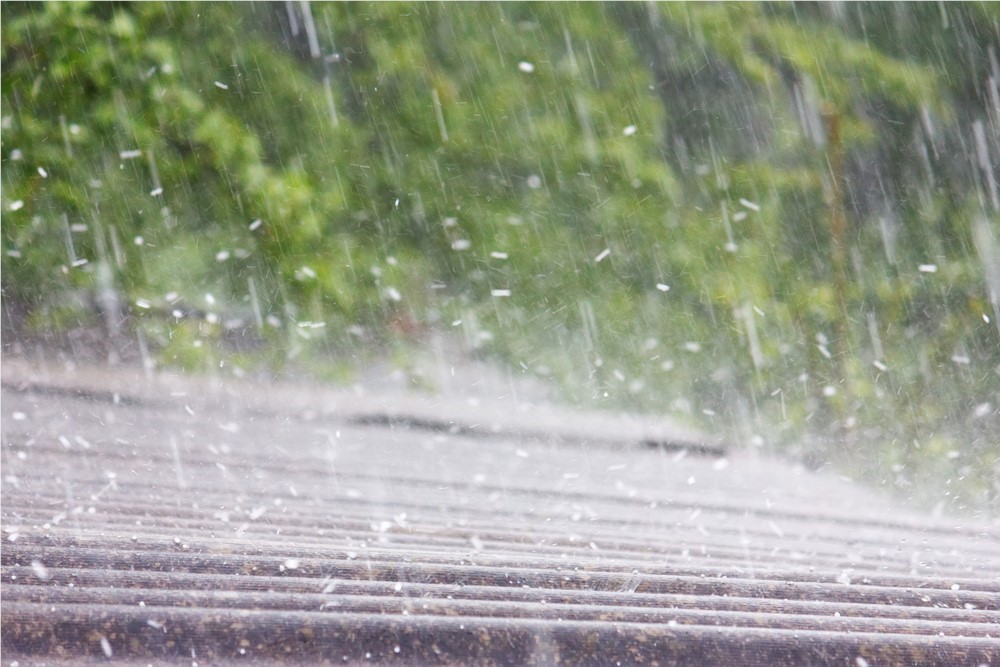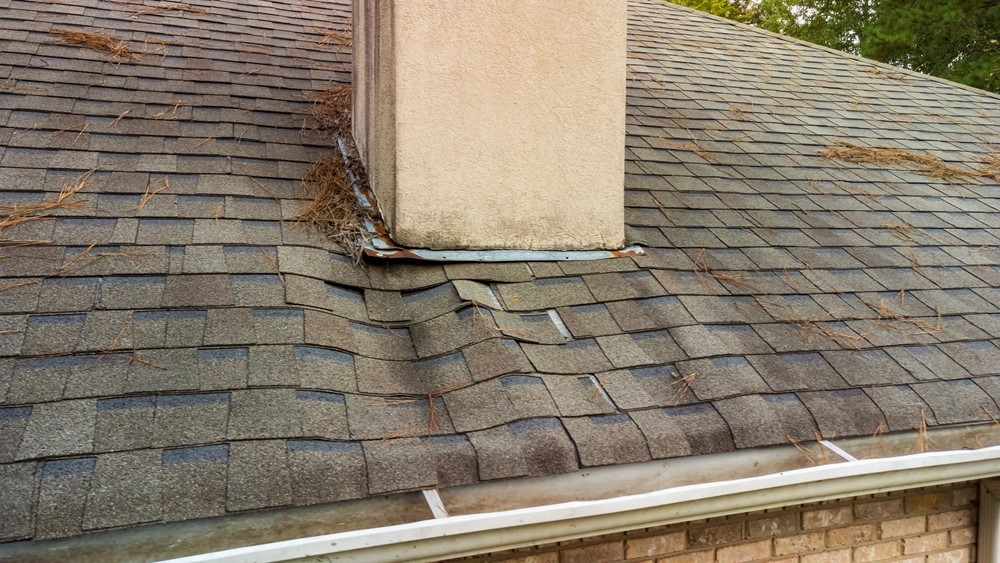Believe it or not, this particular material generates a wide range of opinions among novices to experts. Ask around - some will tell you that you don't need it while others will insist it's absolutely necessary. What do we say? It's not a black-and-white issue; it will depend on a variety of factors. But for the most part, for homes in our area we recommend it, even for metal roofing. So let's start with the basics.
Just What Is Roof Underlayment?
Knowing a bit about what roof underlayment is will help in our discussion. Roof underlayment is a layer of material that goes underneath the shingles or other type of roof you'll have installed. In addition to providing protection from our weather, it also adds another layer of insulation, increasing the energy efficiency of your roof. Underlayment is generally one of three types:- Roofing felt saturated with asphalt
- Synthetic mixture (higher quality types have fiberglass mixed in)
- Asphalt that has been rubberized (the most expensive of the three, but this type usually delivers the highest level of protection)
Here in Minnesota, there are many weather elements such as high winds, hail, heavy rains, and substantial snow falls that can affect a roof. Homes with flatter roof profiles are particularly prone to issues since they are more likely to have water pool up. That's where roof underlayment can be especially beneficial. But in our climate, we generally recommend underlayment when your roof is replaced. The only exception might be if we install a metal roof over your existing roof, leaving what's underneath it intact.
Quarve Contracting, Inc. is a licensed Minnesota roofing contractor serving the greater Twin Cities metro area. Metal roofing is our specialty, but we also install asphalt roofs.
Subscribe to Quarve Contracting's Blog







Comments